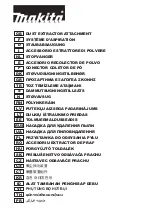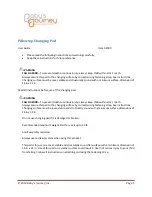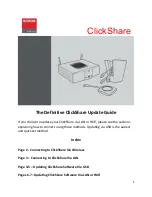
SUPA PEG
A U S T R A L I A
12.
Fold out the front awning arm (the arm will be inside the main aluminium track of the awning)
Extend out the front of the awning and fold down the supporting leg to your desired height (if
using the tie down strap connect this now,
13.
Attach the pegged down strap to the front awning pole and loosely tighten
14.
Adjust the height and square up the awning. If being left unattended or it is raining, lower the
pole height to allow for water run off.
15.
Tighten up both tie down straps
a.
(2.5m, 3m or 3.5m versions only) Connect Short Spigot spreader pole to the 1
st
and 2
nd
poles (1
st
pole is the one closest to the front of the vehicle) To connect the pole, line up the
spigot pin with the hole in the black leg bracket and connect to the 2
nd
pole (repeat the same
process for the 3m and 3.5m awnings on 2
nd
& 3
rd
pole)
b.
(2.5m, 3m or 3.5m versions only) tighten up the birds beak spreader rail(s)
c.
Insert the roof support poles (C-clip to Foot Cap) push the foot cap in the main aluminium
extrusion track on the awning, then clamp the c-clip section to the adjacent spreader rail
pole(s)
d.
Lock off the poles (do not over tighten the roof support as it will appear to distort the
canvas)
e.
Tie off the short spigot spreader rail(s) and roof support(s) with the Velcro tabs on the
underside of the awning roof
f.
Tighten roof supports further if required
16.
Peg down the folding foot plates using the
wire tent pegs, cross peg the feet down to
give superior holding power
(** For beach
or sandy setup we recommend using an
appropriate sand peg)
*** If awning is subjected to heavy rain, either use the provided rain tags or lower
poles one, three and five
(pole # 1 would be the pole at the very front of the awning,
pole #5 would be at the rear on a 2.5m awning)
this will give the awning more of a
roof pitch to allow the water to drain off quickly to prevent damage.***























